With Salesforce recommending that all new automations be created in Flow and retiring its existing automation tools, it’s important to understand your options going forward, both for creating new automations and converting existing ones. What follows is a step-by-step guide to help you start planning.
What is Salesforce Flow?
Salesforce Flow is a declarative automation tool that allows Salesforce administrators to automate business processes using a visual, drag-and-drop interface.
With Flow, administrators can automate tasks, update records, interact with external systems, and more. Flow replaces two previous declarative automation tools: Workflow Rules and Process Builder
How does Flow impact me?
Salesforce now recommends that you create all new automations in Flow and will retire its existing automation tools, Workflow Rules and Process Builder, for good in the near future.
In addition, Salesforce recommends that you convert your existing automations to Flow. It is estimated that the average Salesforce org will require a minimum of 150 hours of effort to do so.
How do I get started?
To get ready to migrate your existing declarative automations to Salesforce Flow, you should take the following three steps:
-
Identify existing declarative automations: The first step is to identify all the existing declarative automations and decide which ones you need to keep and migrate to Salesforce Flow. This includes workflows, process builders, and other declarative automations that are currently being used.
-
Evaluate existing automations for migration: Once all existing automations have been identified, the administrator should evaluate each automation to determine whether it can be migrated to Salesforce Flow. Not all existing automations may be suitable for migration, so it is important to assess each one individually. Factors to consider include the complexity of the automation, the number of conditions and criteria, and any integrations with external systems.
-
Plan the migration: Once the administrator has identified which automations can be migrated to Salesforce Flow, they should create a plan aligned withbest practices. This includes deciding which automations to migrate first, determining the order in which the automations should be migrated, identifying any potential roadblocks or issues that may arise during the migration process, and making separate plans for any automations that cannot be converted using the Migrate to Flow tool.
Overall, the key to a successful migration from existing declarative automations to Salesforce Flow is careful planning and evaluation of existing automations. By taking the time to identify existing automations, evaluate them for migration, and plan the migration process, administrators can ensure a smooth transition to Salesforce Flow and take advantage of the tool's powerful automation capabilities.
Need a hand with Flow? We’d be happy to help! Schedule a free consultation today.


